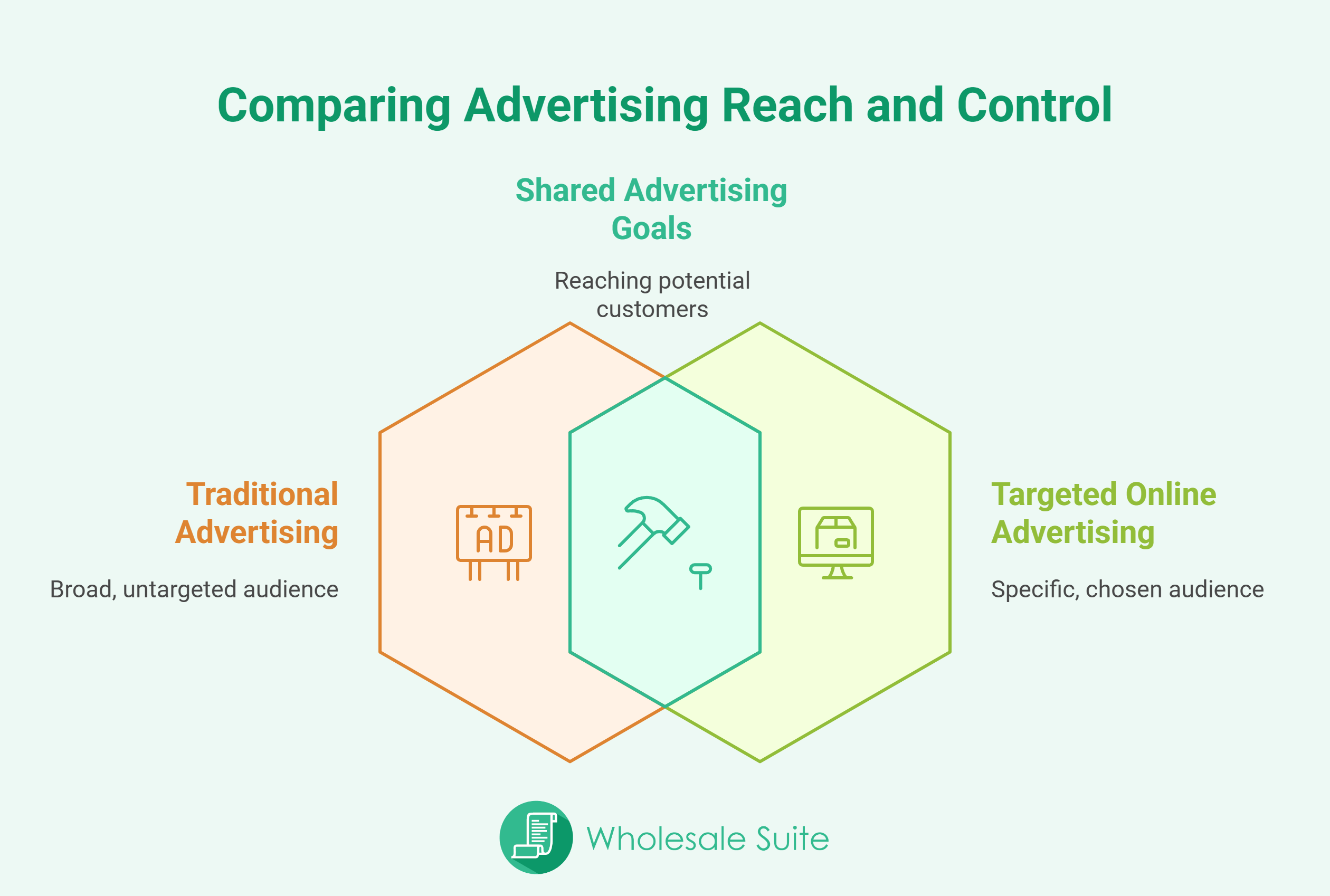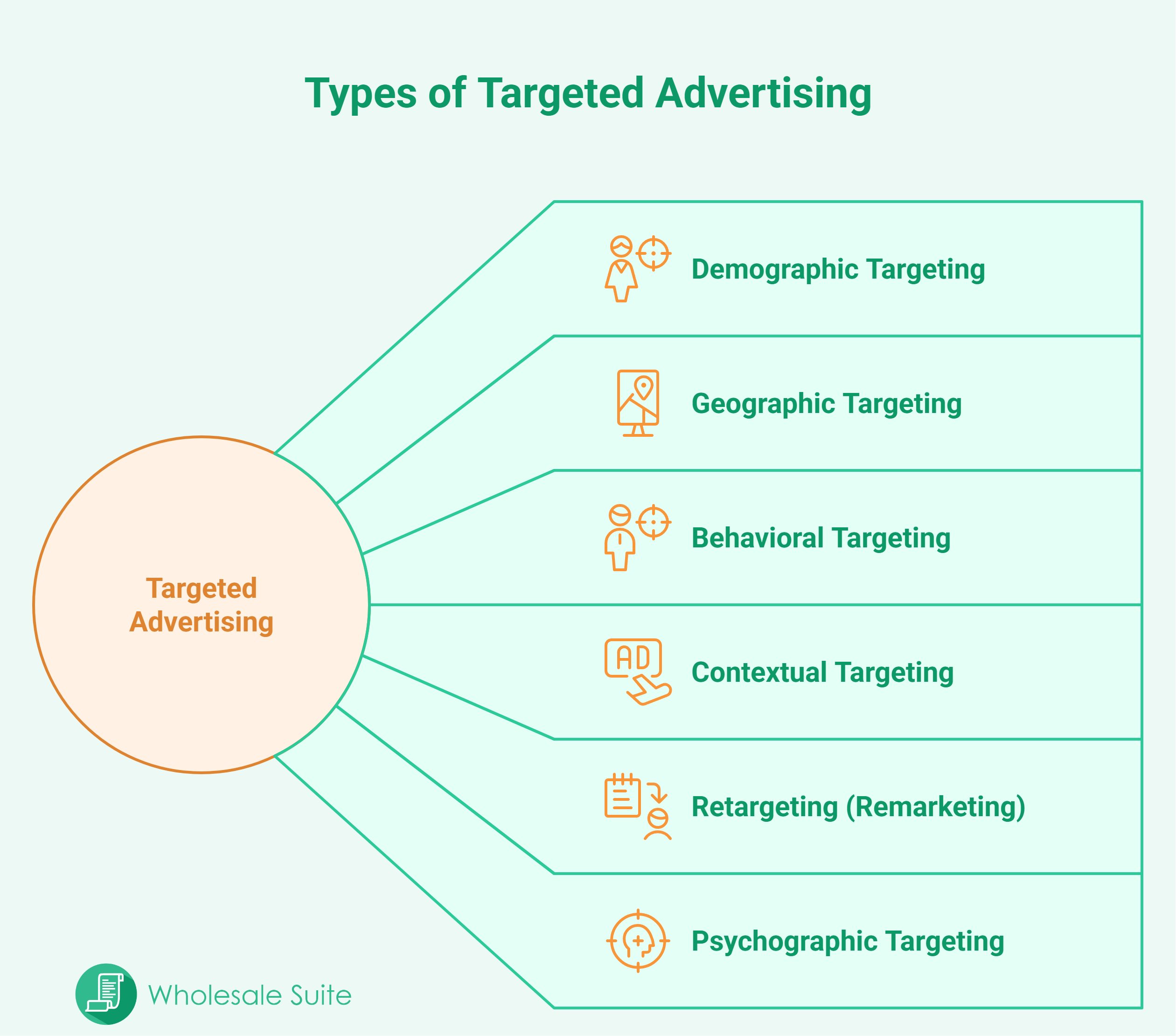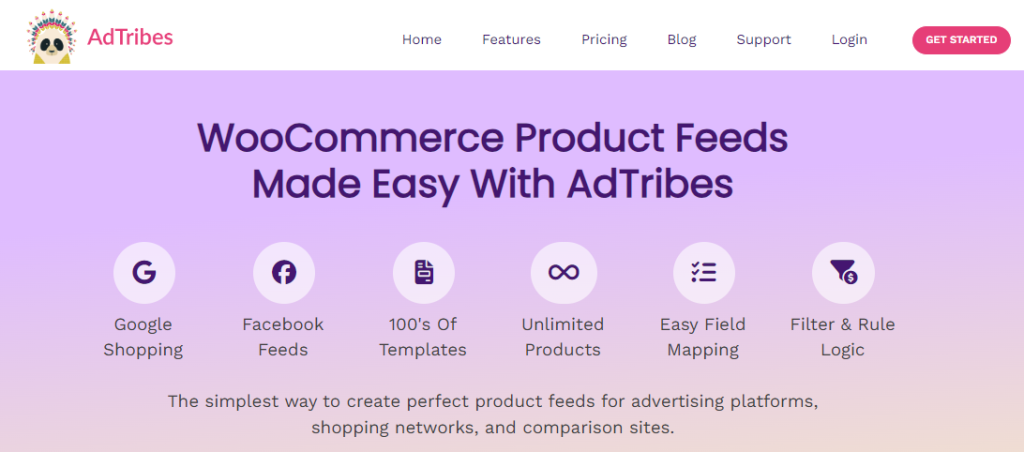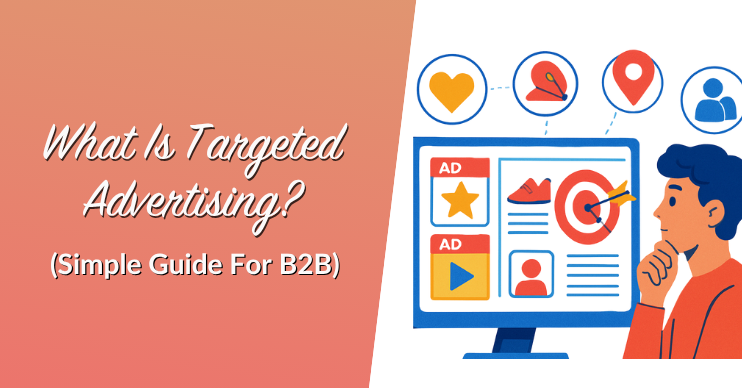
If you’ve ever wondered why you keep seeing ads for products you recently searched online, that’s targeted online advertising in action. Instead of guessing who might be interested, businesses now use data to show ads to people who are more likely to care. In this guide, you’ll learn what is targeted advertising, how it works, and why it matters for your business.
This is especially helpful for B2B brands that don’t want to waste time or money on the wrong crowd. Over the years, targeted online advertising has become one of the smartest ways to reach specific audiences. It works better, costs less, and brings in the right kind of leads.
Whether you’re running a wholesale store or managing ads for a B2B company, this article will help you run better campaigns with more precise results.
What Is Targeted Advertising?
Targeted advertising refers to displaying ads only to individuals who are likely to be interested in them. Instead of putting your message in front of everyone, you choose a specific audience based on what they like, where they live, or what they do online. This makes your ads more helpful and less annoying.
For example, let’s say someone often visits websites about running and fitness. If your store sells running shoes, your ad might appear while they scroll through Facebook or watch YouTube. That is targeted online advertising. It’s based on what that person already showed interest in.
How it works online
Online platforms like Google, Facebook, or Instagram collect data. They know what people search for, what videos they watch, and even what products they add to their cart. All of this helps the platform determine what kind of ads to display.
When you set up a campaign, you can choose who sees your ads. You can tell the platform things like:
- Show this ad:
- Only to people in the U.S.
- To people aged 25–45
- Who visited my website before
Then, their system uses that information to match your ad with the target audience that fits those settings. This is how targeted ads get shown in the right place at the right time.
Targeted online advertising vs traditional advertising
Traditional advertising is what people used to see all the time. Think about TV commercials, newspaper ads, radio spots, or billboards. These ads are displayed to anyone who happens to be listening or watching, regardless of whether they’re interested or not. There’s no control over who sees the ad. You just hope the right people are paying attention.
Targeted online advertising, on the other hand, works differently. Instead of putting your ad in front of everyone, you can choose a specific audience based on factors such as age, location, job title, or search habits. These ads appear on websites, apps, and search engines where people are already looking for something related.
Here’s an example:
- A billboard for power tools on a highway? That’s traditional advertising.
- An online ad for power tools is shown only to hardware store owners who recently searched for drills? That’s targeted online advertising.
The biggest difference is control. With targeted ads, you decide who should see your message. This helps improve the user experience because people see ads that are actually useful to them.
Why it matters for B2B and ecommerce
B2B businesses usually sell to other businesses, not everyday shoppers. That means your buyers are more specific. You might be selling to store owners, suppliers, or office teams. If you run regular ads without direction, most people who see them won’t even be part of your market.
With targeted advertising, you focus on people who are likely to respond, such as wholesale buyers seeking better pricing or business owners looking for new tools. This helps you make smarter choices with your ad budget.
For example, if you’re using targeted online advertising to promote wholesale pricing on office supplies, you don’t want your ad shown to teenagers who aren’t running businesses. You want it to be shown to buyers who are searching on a search engine, checking product listings, or comparing prices. That’s how targeted ads help B2B stores succeed.
Types Of Targeted Advertising
There are many ways to run ads, but not all of them work the same way. To really understand what is targeted advertising, you have to look at the different forms it can take. Each type helps you reach the right people, depending on what you want to sell and who you want to sell it to. Some focus on age and location, while others look at behavior or interests.
Let’s break down the most common types of targeted advertising and how they help B2B businesses get better results.
Demographic targeting
This is one of the most common types of targeted advertising. It allows you to show ads based on someone’s age, gender, education, or income. These details help you reach a specific audience that fits your product.
For example, if you’re selling software for business owners, you might show ads to people aged 30–50 who are more likely to be managing a company. You can avoid showing those same ads to teens who are just browsing YouTube. That saves you money and puts your message where it matters.
Geographic targeting
Geographic targeting refers to displaying ads based on a user’s location. You can choose countries, cities, regions, or even zip codes. This is helpful if your product is only available in certain areas.
Let’s say you run a wholesale store that only ships within the United States. With targeted advertising, you can prevent your ads from showing in other countries. Instead, you can focus on U.S. businesses only. This type of targeted online advertising increases your chances of reaching potential customers who are likely to make a purchase from you.
Behavioral targeting
This type of targeting looks at what people have done online. It includes the websites they visited, what they searched for, what they clicked on, and what they added to their cart.
For example, if someone visits your pricing page but doesn’t complete the checkout process, you can display a reminder ad to them later. It’s like saying, “Hey, don’t forget this!” but only to the right person.
Contextual targeting
Contextual targeting matches your ad with the content someone is reading or watching. For instance, if a person is reading an article about coffee shop design, you might show them ads for coffee machines or espresso cups.
It’s one of the smarter types of targeted advertising because it connects your message to what’s already on the screen. This feels natural for the user and helps maintain a positive user experience.
Retargeting (remarketing)
This is when you show ads to people who have already visited your site or clicked on your product. Maybe they haven’t bought anything yet. But because they already know you, they are more likely to return.
Retargeting is a strong part of targeted advertising because it reminds people to finish what they started. For example, Google Display Ads can show your product again while someone reads the news or scrolls through a blog. These targeted ads help move people from “maybe” to “yes.”
Psychographic targeting
Psychographic targeting examines a person’s lifestyle, values, and beliefs. This may sound profound, but it’s actually quite useful. If you sell eco-friendly packaging, you can target individuals who are concerned about the environment. If your brand promotes low-waste living, you’ll want to target individuals who share that lifestyle.
This type of targeting goes beyond clicks. It speaks to how people think. That’s why it works well for target audiences with strong opinions or specific interests.
Benefits Of Targeted Advertising
Better return on ad spend (ROAS)
When you know exactly who should see your ad, you’re choosing the people most likely to take action. This helps your ad spend go further and gives you better results. Instead of paying to show your ad to everyone, you’re only paying to reach specific audiences who actually care. That’s how B2B businesses improve results without increasing their ad budget.
Increased personalization
People are more likely to respond to ads that feel personal and relevant. You can customize your message based on the person’s location, industry, or past behavior. For example, a B2B company can show different ads to cafe owners versus office managers. They’ll both see content that matches their needs. This creates a better user experience, making people more likely to click and respond.
Higher conversion rates
When ads are relevant, people are more likely to act. That’s why one of the biggest benefits of targeted advertising is more conversions. A person who has already shown interest in your product is easier to convince than someone who has never heard of it.
Let’s say someone searched for “wholesale skincare products” on a search engine. If your ad appears immediately after, they’re more likely to make a purchase. That’s because targeted online advertising meets them at the perfect time.
Less budget waste
Showing ads to the wrong people is like shouting into the wind. With targeted online advertising, you don’t have to do that. This means you can cut down on wasted impressions and clicks. You stop paying for attention from the wrong crowd and start investing in reaching the right ones.
Stronger customer engagement
The more relevant your ad is, the more people will pay attention to it. With targeted ads, your message feels like it was made for the person seeing it. That helps build a connection right away.
And let’s be real. B2B buyers are busy. They don’t want fluff. They want ads that speak to their needs. That’s why targeted online advertising is so useful; it helps your brand feel more helpful, not pushy. Over time, this fosters greater trust and longer-lasting relationships with your target audience.
How To Start With Targeted Online Advertising
Step 1: Identify your ideal customer profile (ICP)
Before anything else, you need to know who you’re talking to. That’s where your ideal customer profile, or ICP, comes in. This is a clear picture of the kind of buyer who would benefit the most from your product.
Ask simple questions like, what:
- Industry are they in?
- Size is their business?
- Are their biggest problems?
- Tools or software do they already use?
Knowing this makes your ads sharper. Instead of reaching random users, you speak directly to your target audience. And once you understand what is targeted advertising, building a strong ICP becomes even more important for B2B success.
Step 2: Choose the right ad platform
Every platform offers different tools for targeted online advertising. The trick is to pick the one that matches your business goals and your audience.
Here are some great options:
- Meta Ads (Facebook and Instagram): Best for visual products or B2B with strong branding. You can target based on interests, behavior, and lookalikes.
- Google Ads: Ideal for search intent. Great when your buyers are actively searching for what you offer on a search engine.
- LinkedIn Ads: Best for B2B. You can target by job title, company size, industry, and more.
Choosing the right platform means your targeted ads won’t go to waste. They’ll show up in places where your future customers are already active.
Step 3: Use tools like AdTribes for product feed automation
Running ads can get messy when your product information is inconsistent. This is where a tool like AdTribes comes in. It helps you stay organized and makes targeted online advertising easier to manage.
AdTribes can help you power targeted ads. Here’s how:
- AdTribes creates product feeds for various platforms, including Google Shopping, Facebook, Instagram, and others.
- These platforms utilize these feeds to display your products in targeted ads based on user behavior, interests, and location.
Here’s what this means for your store:
- supports over 100+ ad channels
- keeps your product data clean and up to date across platforms
- helps reduce manual work and errors
- perfect for busy people managing a WooCommerce store who want to run smarter campaigns
If you’re managing a growing WooCommerce store, staying on top of product info can eat up your time. AdTribes ensures your ads remain accurate and ready, so your targeted ads reach the right buyers without hassle.
If you want to know more about how WooCommerce product feeds work, you may read about “Product Feed Optimization: How To Refine Product Data For Max Reach.”
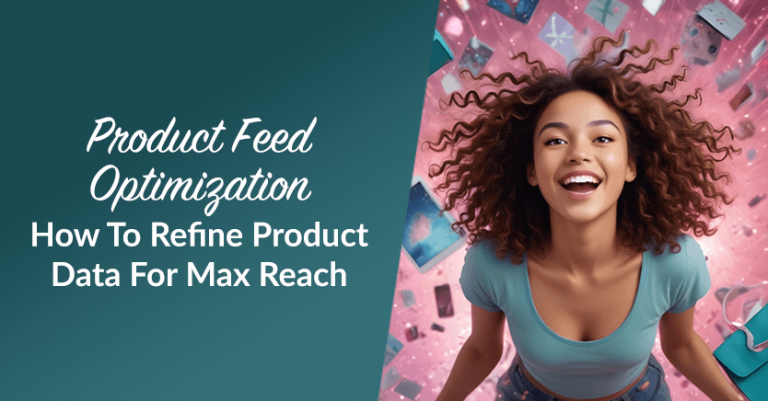
Step 4: Set up audience targeting options
This is the heart of what targeted advertising is all about. You’ll now tell the platform exactly who should see your ads. Most platforms give you many ways to do this:
- Interest targeting: Show your ads to people who follow related topics
- Lookalike audiences: Reach people similar to your best customers
- Custom audiences: Retarget people who visited your website or joined your email list
Always test different audience sets. What works once might not work again. That’s why tracking performance is just as important as setting it up.
Step 5: Monitor and optimize campaigns
Your first ad won’t be perfect, and that’s okay. The key is to monitor the numbers and make adjustments. Look at:
- Impressions (how many people saw your ad)
- Clicks (how many people engaged)
- Conversions (how many took action)
- ROAS (how much money your ad made)
When something’s working, do more of it. If it’s not, tweak your targeting or creative. This ongoing check-in helps you keep your targeted online advertising sharp and effective.
Frequently Asked Questions
Why is targeted advertising important?
It helps businesses talk to the right people instead of just anyone. When you use targeted ads, you focus on specific audiences who are already interested in what you offer.
This is important because it saves time, reduces wasted ad spend, and yields better results. For B2B stores, it means you can reach decision-makers who are more likely to take action. Whether you’re selling software, tools, or wholesale products, targeted advertising helps you get your message to people who care.
How do targeted ads work?
Targeted ads work by using data. Platforms like Google, Meta, and LinkedIn collect information about users based on their online behavior, search history, and even interests. That data helps the platform decide which ads to show to each person. The ad system connects the search with your product feed and displays it to the right target audience at the right time.
How effective is targeted marketing?
Once you understand what is targeted advertising, you’ll see why so many B2B brands use it. It works better than traditional ads because it’s focused. Instead of hoping people notice your message, you send it directly to those who are already interested.
Most of all, it helps create a better user experience. People prefer ads that feel useful, not random. And when you target well, your ads feel like helpful suggestions, not noise.
Final Thoughts
Running ads used to feel like tossing a message into the wind. You hoped it landed somewhere useful. But now, businesses don’t need to guess anymore. With better tools and sharper data, store owners finally have a way to show their products to the right people.
In this article, we discussed everything you need to know about targeted online advertising:
- What is targeted advertising
- Types of targeted advertising
- Benefits of targeted advertising
- How to start with targeted online advertising
If you’re managing a WooCommerce store and want real results, this is the path. Start by knowing your target audience, then build your campaigns around them. Let tools like AdTribes help in the background. Focus on making ads that serve, not just sell. That’s when you’ll see better clicks, stronger leads, and a smoother user experience from start to finish.
Do you have questions about targeted online advertising? Let us know in the comments!


